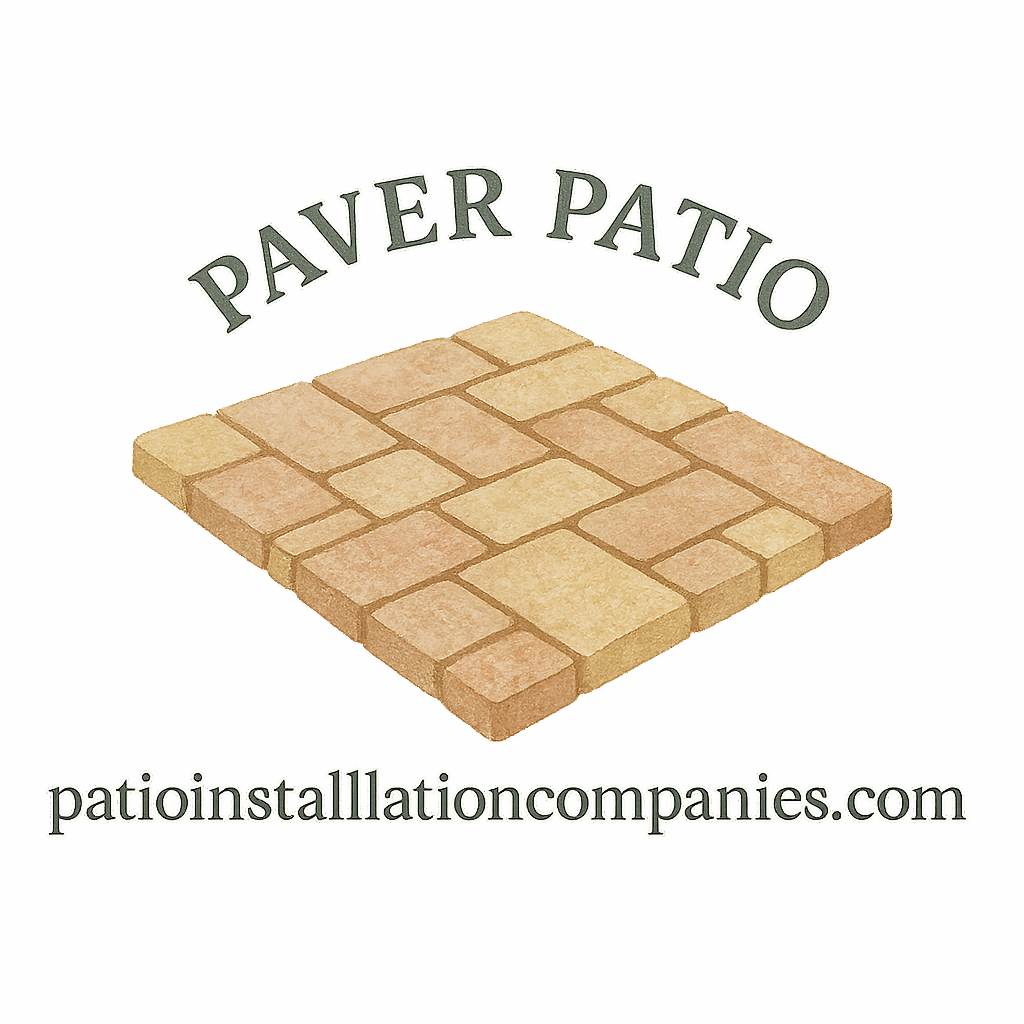Your paver patio is more than just a place to kick back with a cold drink—it’s a part of your outdoor lifestyle. But like anything outdoors, it needs a little TLC to stay in shape. The good news? You don’t have to sacrifice the planet to keep your patio looking fresh. Let’s explore five eco-friendly ways to maintain your paver patio that are kind to both your backyard and Mother Nature.
Why Eco-Friendly Patio Maintenance Matters
We all love a clean, beautiful patio. But traditional maintenance often relies on harsh chemicals and wasteful practices that harm local ecosystems. Eco-friendly maintenance helps reduce your carbon footprint, keeps your soil and water sources safe, and creates a backyard you can feel good about.
Looking to get serious about planning and design for a sustainable outdoor space? You’re in the right place.
Understanding Your Paver Patio’s Needs
The Basics of Paver Materials
Before we jump into maintenance, let’s talk materials. Most patios are made from concrete, brick, or natural stone. Each has its own personality—and maintenance quirks. Understanding what your pavers are made of is the first step in treating them right.
Learn more about material pros and cons at Concrete vs Pavers.
Common Paver Issues Over Time
From weed invasions to mold, patios see a lot of action. You might deal with shifting pavers, fading color, or water pooling. But don’t worry—every problem has a green solution.
Eco-Friendly Maintenance Method #1: Natural Weed Control
Say No to Chemical Weed Killers
Commercial weed killers are convenient but packed with toxins that can leach into your soil. These chemicals can also harm pets, kids, and pollinators.
Try These Natural Alternatives
Skip the roundup. Instead, try a vinegar and salt spray, boiling water, or manually pulling weeds with a tool. You’ll be surprised how effective—and satisfying—natural methods can be.
Looking for more DIY savings? Natural weed control is a great place to start.
Eco-Friendly Maintenance Method #2: Green Cleaning Techniques
Ditch the Pressure Washer
Sure, pressure washers get things clean fast. But they waste water and can actually damage pavers over time.
Homemade Cleaning Solutions That Work
Mix baking soda and water for a mild scrub. Or use vinegar with a splash of dish soap for mold and mildew. Simple, cheap, and totally green.
Keep your pavers clean with advice from the Paver Cleaning category.
Eco-Friendly Maintenance Method #3: Sustainable Sealants
Why Regular Sealing is Essential
Sealing keeps moisture and grime out of your pavers and helps maintain color. But many sealants are petroleum-based—bad news for the environment.
Choosing Eco-Conscious Sealants
Look for water-based sealants that are low in VOCs (volatile organic compounds). They protect your patio without polluting the air.
Explore eco-sealants and more in the Outdoor Care tag.
Eco-Friendly Maintenance Method #4: Smart Water Drainage
Prevent Puddle Problems Naturally
Standing water isn’t just ugly—it promotes mold and weakens your patio base. Instead of artificial drainage systems, consider adding gravel or sand channels.
Use Permeable Pavers for Long-Term Gains
Permeable pavers let water soak through naturally, reducing runoff and keeping your yard healthier. They’re ideal for anyone thinking long-term.
Interested in installation DIY with an eco-focus? Permeable options are a great choice.

Eco-Friendly Maintenance Method #5: Reuse and Recycle Damaged Pavers
Repair Before You Replace
Got a cracked or chipped paver? Don’t toss it. Often, you can lift and replace individual pieces with minimal effort.
Creative Reuse Ideas for Broken Pavers
Use broken pavers to create garden edging, stepping stones, or mosaic accents. A little creativity goes a long way.
Need more inspiration? Check out our collection of paver ideas for clever reuse tips.
Bonus Tip: Landscaping for Patio Longevity
Companion Planting and Shade Benefits
Surrounding your patio with plants isn’t just pretty—it can help keep the area cooler, reducing sun damage. Shade trees or climbing vines can also slow down paver aging.
Native Plants for Easy Maintenance
Choose native plants that thrive in your local climate. They need less water, fewer chemicals, and offer natural beauty year-round.
Explore creative outdoor design to complement your patio space.
The Cost and Longevity Factor
Sustainable Maintenance Saves Money
Eco-friendly doesn’t mean expensive. Many green methods—like DIY cleaners and natural weed killers—are cheaper than their chemical cousins.
Check out this guide to cost-conscious contractor tips for keeping your maintenance budget-friendly.
Planning for the Long Run
Regular, eco-minded care extends your patio’s life significantly. That means fewer repairs and less frequent replacement—a win for your wallet and the planet.
Explore ways to increase maintenance and longevity.
Final Thoughts on Going Green With Paver Maintenance
Maintaining your patio doesn’t have to come at the cost of your values—or your budget. These five eco-friendly ways to maintain your paver patio help you enjoy a clean, inviting space while protecting the environment.
By focusing on simple swaps, like using vinegar instead of bleach or sealing with eco-safe products, you’re building a more sustainable lifestyle one paver at a time.
And if you’re dreaming bigger, head to PatioInstallationCompanies.com for tips, trends, and everything patio-related—from planning to full backyard enhancements.
FAQs
1. What’s the best natural weed killer for patios?
A mix of vinegar, salt, and dish soap works great. Just be cautious around plants you want to keep!
2. Are homemade paver cleaners safe for all types of pavers?
Yes, mild solutions like baking soda and vinegar are generally safe, but always test on a small spot first.
3. How often should I seal my paver patio?
Every 2–3 years is typical. Choose low-VOC, water-based sealants for eco-friendly protection.
4. Can I install permeable pavers myself?
Absolutely! With the right tools and planning, it’s a great DIY project that pays off long-term.
5. What are the benefits of reusing broken pavers?
You save money, reduce waste, and can get creative with designs like garden borders or stepping paths.
6. What’s a good way to reduce water runoff on my patio?
Consider adding permeable pavers or gravel-filled drainage lines to help water filter naturally.
7. Where can I find affordable eco-friendly patio materials?
Check out the affordable paver section for budget-friendly, sustainable options.


